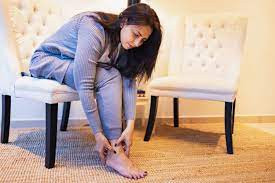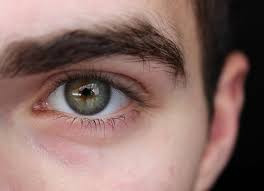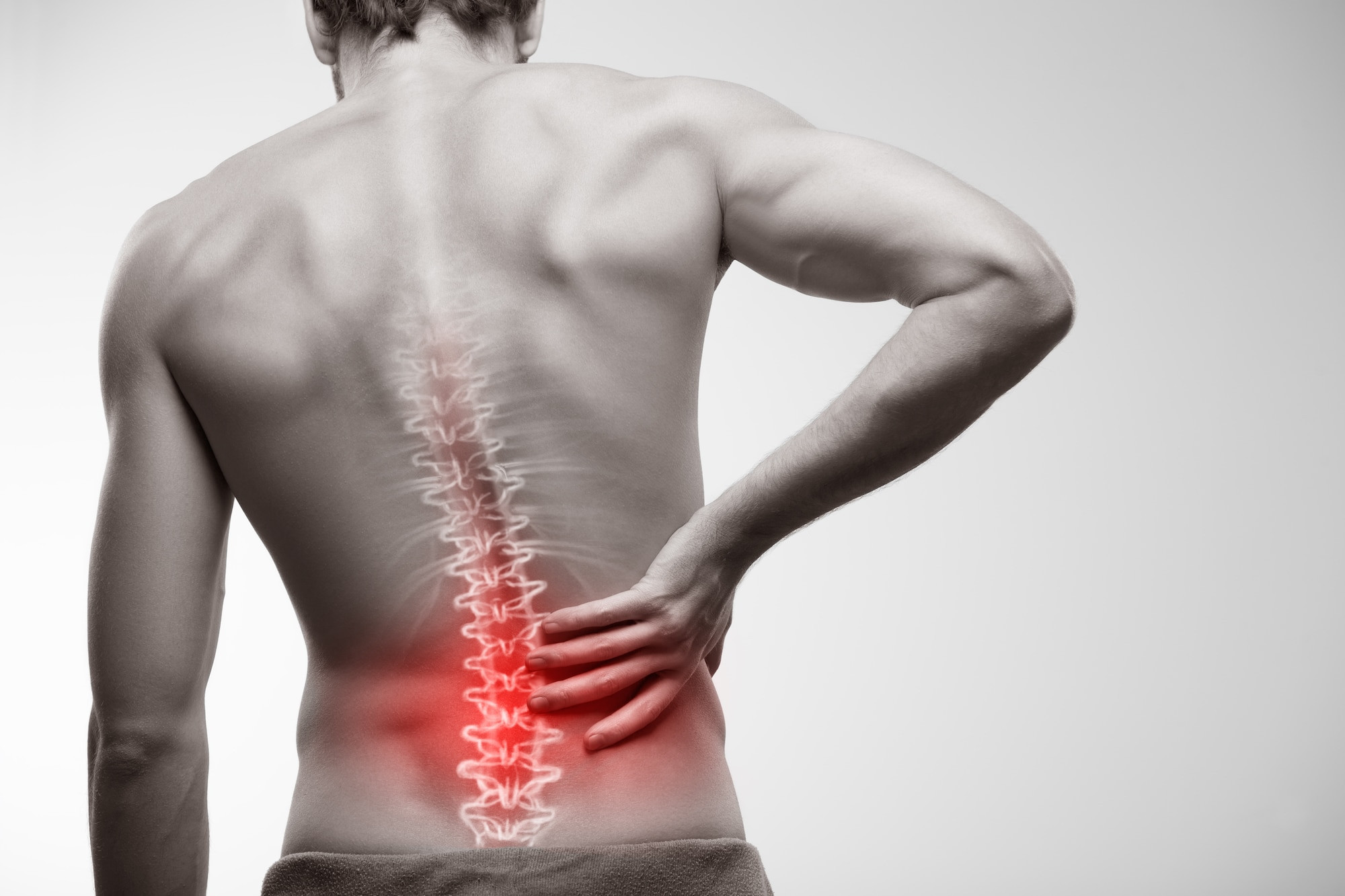Definition
Guillain-Barre Syndrome (GBS) is a rare disorder in which the immune system mistakenly attacks healthy peripheral nerves. Peripheral nerves connect the brain and spinal cord to the rest of the body. Initial symptoms usually include weakness and tingling in the hands and feet. These sensations can quickly spread to the upper body and eventually paralyze the whole body.
In severe cases, GBS becomes a medical emergency. Most people with the condition need to be hospitalized for treatment. The exact cause of GBS is unknown, but two-thirds of patients report symptoms of infection in the six weeks prior. These infections include respiratory, digestive, or Zika virus infections.
There is no cure for GBS. However, some treatments can relieve symptoms and slow the progression of the disease. While most people recover from GBS, the mortality rate can be 4%-7%. About 60-80% of people can walk after six months. Patients may also experience long-term effects from the syndrome, such as weakness, numbness, or fatigue.
Causes
The exact cause of GBS is unknown. The syndrome usually appears a few days to weeks after a respiratory or digestive tract infection. Rarely, surgery or vaccination can trigger GBS. Recently, cases have been reported after Zika virus infection. GBS can also occur after a COVID-19 infection.
In GBS, the immune system, which usually only attacks germs, mistakenly attacks healthy nerve cells. In Acute Inflammatory Demyelinating Polyradiculoneuropathy (AIDP), the most common form of GBS in America, the myelin sheath protecting the nerves is damaged. This damage prevents nerves from sending signals to the brain, resulting in muscle weakness, numbness, or even paralysis.
Risk factor
GBS can affect all age groups, but the risk increases with age. The syndrome is also more common in men than in women. GBS can be triggered by several factors, including:
- Most commonly by Campylobacter infection, a bacterium often found in undercooked poultry
- Influenza virus
- Cytomegalovirus
- Epstein-Barr virus
- Zika virus
- Hepatitis A, B, C, and E
- HIV, the virus causing AIDS
- Mycoplasma pneumonia
- Surgery
- Trauma or injury
- Hodgkin's lymphoma
- Rarely, post-vaccination (influenza or childhood vaccinations)
- COVID-19 virus
- Johnson & Johnson COVID-19 vaccine
Symptoms
GBS often starts with tingling and weakness in the feet and legs, which then spreads to the upper body and arms. In about 10% of cases, symptoms start in the arms or face. As GBS progresses, muscle weakness can worsen into paralysis. Symptoms and signs of GBS include:
- Tingling or pins-and-needles sensation in fingers, toes, ankles, or wrists
- Weakness in the legs that spreads to the upper body
- Difficulty walking or climbing stairs
- Facial muscle movement issues, including speech, chewing, or swallowing problems
- Facial expressions change due to nerve dysfunction
- Double vision or inability to move the eyes
- Severe pain, usually aching, stabbing, or cramping, worsening at night
- Bladder or digestive function issues
- Sweating problems
- Irregular heart rate or blood pressure
- Orthostatic hypotension (blood pressure drop when standing up from sitting or lying down)
- Breathing difficulties in severe cases
People with GBS typically experience severe weakness within two weeks of symptom onset. Respiratory failure requiring mechanical ventilation occurs in about one-third of patients at some point during the disease course.
Symptoms of GBS vary based on its types, including:
- Acute Inflammatory Demyelinating Polyradiculoneuropathy (AIDP): Common in North America and Europe, characterized by muscle weakness starting from the lower body and spreading upwards.
- Miller Fisher Syndrome (MFS): Paralysis begins in the eyes, often with unsteady walking, more common in Asia.
- Acute Motor Axonal Neuropathy (AMAN) and Acute Motor-Sensory Axonal Neuropathy (AMSAN): Found more frequently in China, Japan, and Mexico.
Diagnosis
GBS is generally difficult to diagnose early on. Its signs and symptoms can resemble other neurological disorders and vary among patients. Doctors diagnose GBS by reviewing medical history and conducting a thorough physical examination.
Doctors check whether symptoms appear on both sides of the body (a typical finding in GBS) and the speed of symptom onset (GBS symptoms develop over days or weeks). In GBS, foot tendon reflexes are usually absent, and arm reflexes may also be affected.
Doctors may recommend additional tests, such as:
- Lumbar puncture: To examine cerebrospinal fluid by taking a small sample from the spinal canal in the lower back. The fluid is tested for signs of GBS.
- Electromyography: A technique to examine and record nerve activity in muscles.
- Nerve conduction studies: Tests measuring nerve signal speed and strength.
Key diagnostic findings include:
- Symptoms appearing within days to a maximum of four weeks, typically as symmetric weakness starting in the legs.
- Abnormal sensations like pain, numbness, and tingling in the legs, accompanying or even preceding weakness.
- Absence or reduction of deep tendon reflexes in weakened limbs.
- Increased protein levels in the cerebrospinal fluid without an increase in cell count, a finding present after 10 days from symptom onset.
- Slowed nerve conduction speed.
- Often preceded by a viral infection or diarrhea shortly before.
Management
There is no cure for GBS, but two treatments can speed recovery and reduce disease severity:
- Plasma exchange (plasmapheresis): The plasma portion of the blood is removed and separated from blood cells. The blood cells are then returned to the body. Plasmapheresis works by removing certain antibodies from the plasma that attack the peripheral nervous system in GBS.
- Immunoglobulin therapy: Immunoglobulin proteins produced by the immune system to fight germs are administered intravenously. High-dose immunoglobulin can block damaging antibodies from functioning.
Both therapies are equally effective, and combining them is no more effective than either alone.
GBS patients need physical therapy before and during recovery. This therapy includes:
- Passive movements of arms and legs to keep muscles flexible and strong
- Physical therapy to manage fatigue and regain muscle strength and movement
- Exercises with adaptive devices, such as wheelchairs or braces, to train mobility and self-care skills
Among adults recovering from GBS:
- About 80% can walk independently six months after diagnosis
- About 60% recover full motor strength
- About 5%-10% have prolonged and incomplete recovery
Children, who rarely develop GBS, generally recover more fully than adults.
Diagnosing GBS can be psychologically challenging for patients. Although most people eventually recover fully, the condition can be painful, requiring months of hospitalization and rehabilitation. Patients must also adapt to mobility limitations and the disorder's effects.
To manage the stress associated with GBS, consider the following suggestions:
- Maintain strong support from friends and family
- Contact support groups if needed, for yourself or family members
- Discuss your feelings and concerns with a psychologist
Complications
GBS affects nerve cells. Since nerves control body movements and functions, GBS patients can experience several complications, including:
- Breathing difficulties: Weakness or paralysis can spread to muscles controlling breathing. This is a potentially fatal complication. About 22% of GBS patients need mechanical ventilation during their first week in the hospital.
- Persistent numbness or other sensory disturbances: While most GBS patients recover fully, some may experience lingering weakness, numbness, or tingling.
- Heart and blood pressure problems: Blood pressure and irregular heart rhythm abnormalities are common complications of GBS.
- Pain: One-third of GBS patients experience severe nerve pain, which can be reduced with medication.
- Digestive and urinary issues: Slow bowel function and difficulty urinating can occur due to GBS.
- Blood clots: Immobile GBS patients are at risk for blood clots. Patients are often recommended to take blood thinners and wear compression stockings until they can walk and move well.
- Pressure sores: Limited movement and activity increase the risk of pressure sores on certain body parts that are pressed against surfaces while lying down for extended periods. Regularly changing positions can reduce the risk of pressure sores.
- Relapse: About 2%-5% of GBS patients may experience a relapse.
Severe early symptoms of GBS significantly increase the risk of serious long-term complications. Rarely, death can occur due to complications such as respiratory distress syndrome and heart attacks.
Prevention
At this time, doctors and scientists have not yet determined how to prevent GBS. As a result, the focus is on preventing risk factors from developing into GBS and also preventing complications if GBS has already developed.
Getting a flu vaccine is one way to prevent influenza, a risk factor for GBS. While there is no cure for this condition, prompt supportive treatment can help reduce symptom severity and shorten the disease duration.
If you already have GBS, you can prevent complications by:
- Manually and regularly moving and positioning limbs to keep muscles flexible and prevent shortening.
- Administering blood thinners to help prevent harmful blood clots in leg veins that reduce blood flow.
- Performing specific exercises to increase the strength of weakened muscles.
When to see a doctor?
Consult a doctor if you experience tingling in your toes or fingers that does not spread or worsen. However, immediately visit the emergency department if you have any of the following severe signs or symptoms:
- Tingling that starts in the feet or toes and spreads to the upper body
- Tingling or weakness spreading rapidly
- Difficulty breathing or shortness of breath
- Choking on saliva
GBS is a serious condition requiring immediate hospitalization because it can worsen quickly. The sooner treatment begins, the better the chances of a good outcome.
Looking for more information about neurological diseases? Click here!
- dr Nadia Opmalina
Guillain-Barre syndrome. (2021). Retrieved 7 Desember 2021, from https://www.mayoclinic.org/diseases-conditions/guillain-barre-syndrome/symptoms-causes/syc-20362793
Andary MT. (2021). Guillain-Barre syndrome. Retrieved 11 Desember 2021, from https://emedicine.medscape.com/article/315632-overview
Guillain-Barre syndrome fact sheet. (2021). Retrieved 11 Desember 2021, from https://www.ninds.nih.gov/Disorders/Patient-Caregiver-Education/Fact-Sheets/Guillain-Barr%C3%A9-Syndrome-Fact-Sheet
Cafasso J, Guy LR. (2021). Guillain-Barre syndrome. Retrieved 11 Desember 2021, from https://www.healthline.com/health/guillain-barre-syndrome
Guillain-Barre syndrome. (2019). Retrieved 11 Desember 2021. from https://www.cdc.gov/campylobacter/guillain-barre.html
Guillain-Barre syndrome. (2020). Retrieved 11 Desember 2021, from https://www.nhs.uk/conditions/guillain-barre-syndrome/












